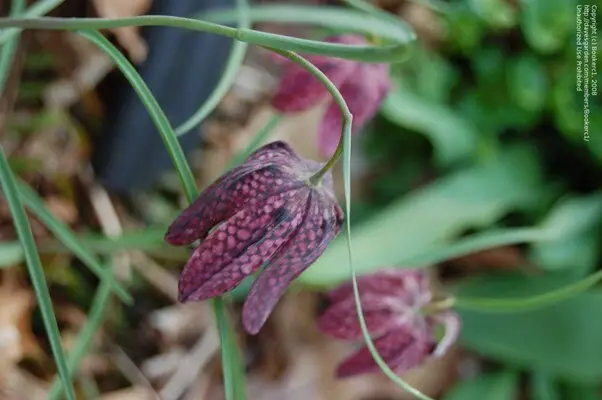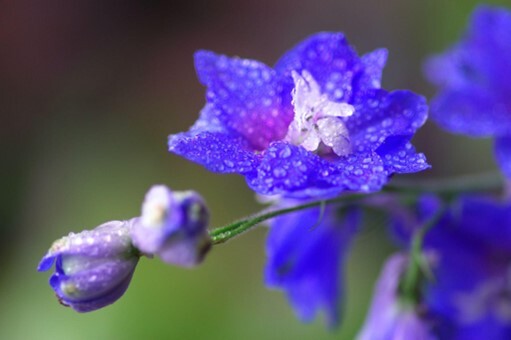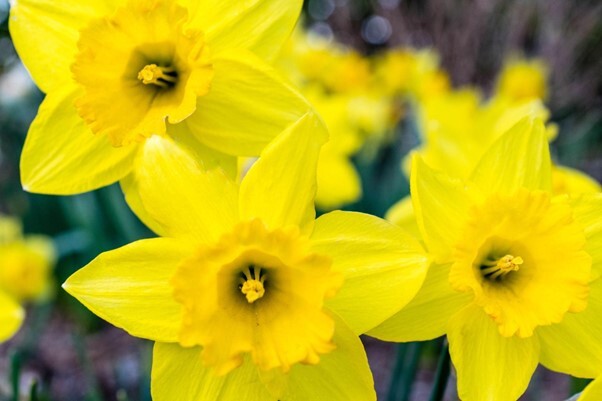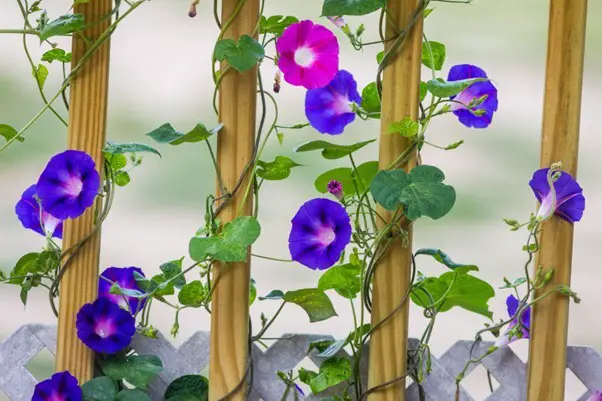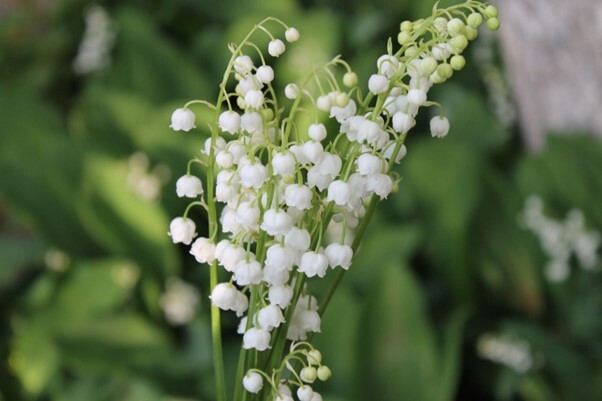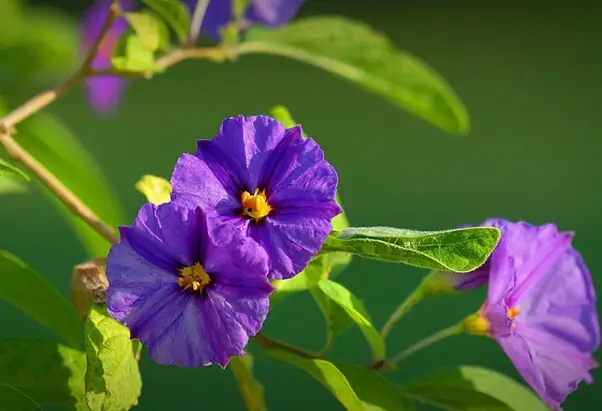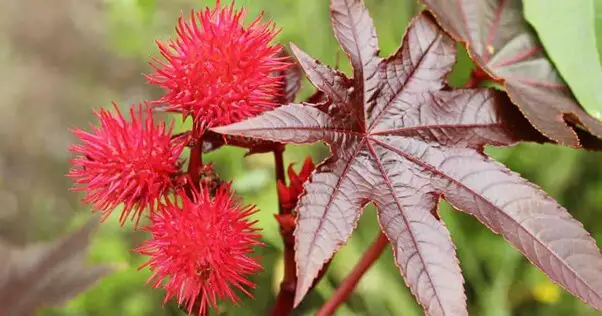The beauty of flowers has always been a source of inspiration and wonder, but did you know that some delicate blooms are among the most deadly flowers and are potentially lethal?
From poisonous petals to carnivorous traps, the deadliest flowers have a dark side that could prove fatal if not handled with caution. This article explores the most deadly flowers in the world, their unique characteristics, and the dangers they pose.
So, brace yourself and be prepared to enter a world of botanical terror, where the most beautiful things may also be among the deadliest. Here are 10 most deadly flowers: beautiful, serene, and sometimes fatal.
What is a poisonous flower?
Flower toxicity is due to a wide diversity of chemical toxins that include, but aren’t limited to, alkaloids, glycosides, proteins and amino acids.
There are several notable toxic plants for which a specific chemical responsible for toxicity has not been determined. However, when in doubt, do not handle or ingest any part of an unfamiliar flower.
What is a carnivorous flower?
Often confused with a poisonous flower, a carnivorous flower isn’t necessarily harmful to humans – it simply refers to a flower that derives the bulk of its nutrients from trapping and consuming animals or insects.
While usually too small to do a human harm – like the modest venus flytrap, for example – some carnivorous flowers, such as the large tropical pitcher plant in the Amazon, are large enough to do damage to a finger, hand, or arm, should you attempt to reach inside.
Medically dangerous flowers
Medically dangerous flowers are classified as flowers that score Grade 1 or higher on the official toxicity scale, meaning that they can cause human harm if touched or ingested.
These flowers aren’t limited to one continent and span nearly every country on Earth, meaning that being aware of your surroundings is crucial when gardening or exploring the outdoors, especially in unfamiliar areas.
10 Most Deadly Flowers in The World
So, what are considered some of the most deadly flowers in the world?
Read on for a list that is guaranteed to surprise you.
Larkspur
Lovely Larkspur of all species are poisonous. Despite their beautiful blue-and-lavender blooms, this flower poses a risk to humans and animals alike.
While human poisonings from Larkspur (also known as Delphinium) are rare, Larkspur frequently causes severe illness and death in cattle that graze on its inviting-looking petals. There are many varieties of Larkspur, which are divided into three groups: tall Larkspurs, low Larkspurs, and plains Larkspurs. Each is potentially deadly.
Poisoning in humans from ingesting Larkspur is rare. However, symptoms may include the following:
- Bumps
- Blisters
- Itching
- Rashes
- Swelling
Symptoms of poisoning from eating Larkspur may include:
- Bloating
- Muscle weakness and twitching
- Nausea and/or vomiting
- Paralysis
If you or someone you know has an interaction with Larkspur, please call your local health authority immediately to seek professional assistance.
Daffodil
Surprised? That’s understandable! Although daffodils are a cheerful flower associated with springtime, their yellow petals and trumpet-shaped centre conceal high levels of toxicity.
Daffodils pack a powerful punch of alkaloids that can cause nausea, vomiting, respiratory and cardiac problems, mouth dryness, hallucinations, and – if high quantities are consumed – death. Because alkaloids are a flower’s natural protection against herbivores and pathogens, daffodils can also cause significant skin irritation if handled with bare hands.
Morning Glory
As one of September’s birth flowers, the Morning Glory has romantic blooms that unfurl towards the sun with an old-fashioned charm; its array of available colours also make it a beautiful addition to any garden.
However, it has its drawbacks. Namely, its highly toxic seeds, which, if ingested, can mimic the hallucinatory effects of LSD. These seeds can be fatal in large quantities and can trigger a range of symptoms, all the way from diarrhoea to paranoia and hallucinations. They are also highly poisonous to all animals.
Lily of the Valley
Also known as May bells and our lady’s tears, lily of the valley is one of the best-smelling flowers around – and one of the most deadly flowers in the world by far.
Listed as a “Grade 1” deadly flower on the official poison scale, Lily of the Valley acts through something called cardiac glycosides: a class of compounds that increases the output of your heart and decreases its contracts. Essentially, this means that this delicate-looking flower can induce heart attacks if consumed.
Checkered Lily
A long, curved stalk. An inviting yellow centre. Sleek red-and-white spotted petals that slope inwards, serpentine.
If you think that a checkered lily looks like a venomous snake, you wouldn’t be wrong. In fact, just like its cousin Lily of the Valley, the Checkered Lily is a Grade 1 deadly flower that should only be handled by seasoned professionals.
Purple Nightshade
Native to Europe, North America, and parts of Asia, the Purple Nightshade is often used as an ornamental plant thanks to its radiant dark purple hue.
However, it’s as toxic as it is aesthetically pleasing. With its high amounts of atropine and scopolamine, consuming Purple Nightshade in any amount can trigger hallucinations, confusion, and death if left untreated. This is alongside its capability to cause itchy, long-lasting rashes if handled or brushed against with bare skin.
Carolina Jessamine
A common garden plant used to brighten up outdoor spaces because of its bright, charming yellow flowers, Carolina Jessamine is one of the underestimated plants on this list, and earns its title as one of the most deadly flowers in the world ten times over.
Due to it containing high levels of potent neurotoxic alkaloids, all parts of the plant are poisonous to the touch – including its petals and roots – and ingesting it quickly causes paralysis, muscle weakness, and even clonic convulsions in animals and humans alike. Watch out – is to understate the danger.
Iris
There’s a reason that the Iris, throughout history, has been featured in numerous classic novels as a way for characters to poison themselves and others.
Although Irises are elegant to the extreme, even just a small dose of this flower in anything edible can lead to vomiting, fever, and diarrhoea in people and pets.
Foxglove
It is a little-known fact that Foxgloves thrive in acidic soil, prefer partial sunlight or deep shade, and can grow in a variety of habitats like open woods, moorlands, sea cliffs, mountain slopes, and even hedge banks.
On top of being resilient, they are also incredibly toxic. All the way from their roots to their seeds, overdosing on Foxglove is known to trigger nausea, vomiting, xanthopsia (jaundiced vision), cardiac arrhythmias, weakness, collapse, tremors, and seizures. Ingesting the leaves can prove fatal to humans.
Castor Bean Flower
Last but certainly not least on our list of the most deadly flowers in the world is none other than the Castor Flower. It is labelled as the most poisonous plant in the world by the Guinness Book of World Records.
The Castor Bean plant is rich in a prohibited material called ricin – a chemical and biological weapon.
Gloves should always be used when handling Castor in its original plant form, especially regarding its seeds. When it comes to consumption, between just one and ten seeds are enough to be fatal. Even in cases when consumption isn’t, these potent seeds can trigger bloody diarrhoea, severe blood pressure drops, and near-unbearable abdominal pain.
Final thoughts
We have journeyed through the dangerous world of deadly flowers and discovered 10 most deadly flowers with beautiful blooms that have a dark and dangerous side. It is important to be aware of these flowers and to take the necessary precautions to avoid exposure. From the poisonous petals of the oleander to the sheer toxicity of the flowering castor oil plant, these flowers have proven that they should be respected and appreciated from a safe distance.
As we bask in the beauty of these deadly blooms, let us remember that nature is a powerful and unpredictable force, and the knowledge we have gained will keep us safe and informed in the future. The next time you admire a flower, remember that there might be more to it than meets the eye.
FAQs
What are deadly flowers?
Deadly flowers are flowers that are toxic, carnivorous, or medically dangerous, and can cause harm or even death if not handled with caution.
How can I tell if a plant or flower is deadly?
Since there are so many varieties of plants and flowers, it’s wise to always simply observe nature rather than trying to handle or consume a plant or flower. When travelling, many organisations offer written guides that detail facts about the native wildlife.
How do poisonous flowers affect the human body?
Poisonous flowers contain toxins that can cause a range of symptoms, from mild skin irritation to severe respiratory distress. It depends on the type and amount of toxin ingested or exposed to.
What should I do if I or a loved one has consumed a poisonous plant or flower?
When it comes to potential poisoning, please do not wait to seek treatment. Call Emergency Services to request an ambulance. And take the person in question to the nearest A&E department. If they have only mild symptoms, get a medical professional’s advice on what to do next.
Why did some flowers develop poison in the evolutionary process?
Some flowers developed poison to protect themselves from being eaten or harvested. Depending on the flower, poison can be found in the roots, seeds, pollen, fragrance, and/or petals.
How do carnivorous flowers trap their prey?
Carnivorous flowers use specialised structures, such as sticky leaves or deep pits. They use them to trap and digest insects and small animals as a source of nutrients.
How many species of deadly flowers are there in the world?
To date, there are 100+ species of flowers that are deadly if consumed in large quantities.
Where are deadly flowers found?
Deadly flowers are located all around the globe. There is a correlation between the number of deadly flowers in each area. And the average temperature and humidity of the area. As such, there are a high number of deadly flowers in the Mediterranean and the Amazon regions.
How can you avoid contact with deadly flowers?
To avoid contact with deadly flowers, learn about their characteristics and toxicities. And take precautions such as wearing protective clothing and avoiding close contact with the flowers. Additionally, it is important to be cautious when handling plants, and seek professional advice if you are uncertain.
Why not Join Us
If you enjoyed this article, we would like to offer you two gifts – our Starter Pack of 4 James King’s books and our Weekly Digest, which you can receive by email.

